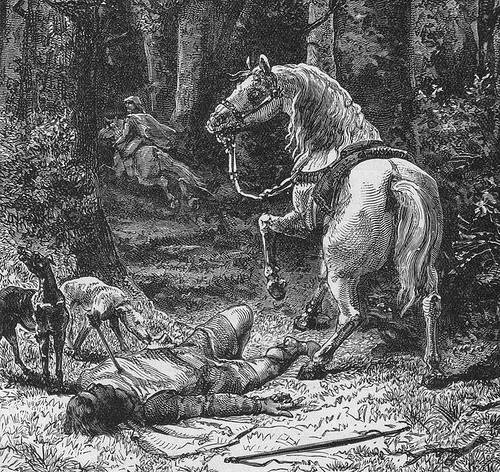History’s 10 deadliest natural disasters:
- Yellow River flood, China, summer 1931: 1 million to 2 million dead
- Yellow River flood, China, September-October 1887: 900,000 to 2 million dead
- Bhola cyclone, East Pakistan, Nov. 13, 1970: 500,000 to 1 million dead
- Shaanxi earthquake, China, Jan. 23, 1556: 830,000 dead
- Cyclone, Coringa, India, Nov. 25, 1839: 300,000 dead
- Kaifeng flood, China, 1642: 300,000 dead
- Indian Ocean earthquake/tsunami, Dec. 26, 2004: 283,100 dead
- Tangshan earthquake, China, July 28, 1976: 242,000 dead
- Banqiao Dam failure, China, August 1975: 231,000 dead
- Aleppo earthquake, Syria, 1138: 230,000 dead
Six of the 10 occurred in China. See also Death Tolls.




